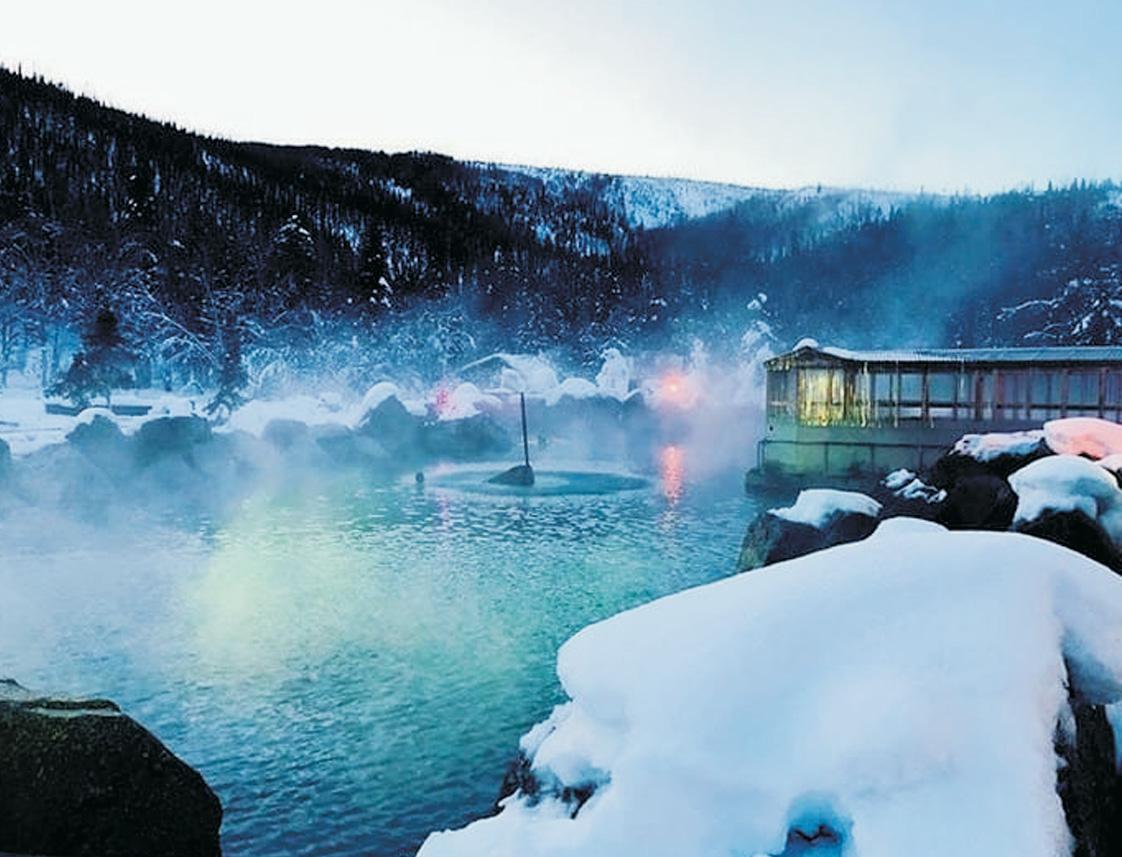
5 minute read
The Cold Hard Facts About Cryotherapy

reached by boat from the mainland towns of Qaqortoq and Nanortalik. You won’t find yourself wanting for views, either, with breathtaking vistas of icebergs and mountain peaks all around the springs.
Advertisement
Kurokawa Onsen, Kyushu, Japan
Japan is known for its onsens, or natur-a hot springs. One of the prettiest is loc-ted in the quaint town of Kurokawa on Kyushu, the southwestern most of Japan’s main islands, where you can stay overnight or get a day pass to the springs with access to three of the 24 participating baths of your choice. For your dip, you can choose from pools located in caves, surrounded by bamboo, or situated next to snowy riverbanks, among others. (Notable ones nearby include those at Yamamizuki, overlooking the riverside just outside the town center, and Iyashi no Sato Kiyashiki, with its wooden tubs; both are also ryokans, where you can spend the night.)
Travertine Hot Springs, Eastern Sierras, California
About a 20-minute drive from the Nevada border, California’s Travertine Hot Springs are completely swimmable and relatively easy to access from Highway 395—you’ll find them down - short dirt road—making them one of the most popul-r spots in the Eastern Sierras. The pools are formed by scalding geothermal water that trickles down travertine rock and algae, settling at a comfortable 103 to 105 degrees Fahrenheit. You may have to share your natur-al hot tub with other tourists, but the expansive views and epic sunsets are worth the potential crowds—especially if you start the day with a hike in the magnificent nearby mountains.
Champagne Pool, Waiotapu, New Zealand
Champagne Pool is one of the most popular—and most colorful—attractions in Waiotapu, a geothermal area on New Zealand’s North Island. (Waiotapu is Moori for “sacred waters.”) The 213-foot-wide spring contains high amounts of carbon dioxide gas, which makes it bubble—not unlike, well, a flute of Champagne. It can reach temperatures of around 165 degrees Fahrenheit so you can’t swim in it, but you can still enjoy the pool’s technicolor beauty, from its fluorescent, blue-green waters to its neon orange ring, a build-up of metalloid deposits. The pool is about -athreehour drive south of Auckland, making it a perfect weekend tack-on if you find yourself in Kiwi country. Be sure to stop by the other sites at the Waiotapu Thermal Wonderland, like boiling mud pools and the erupting Lady Knox Geyser.
Dunton Hot Springs, Colorado
If you want to experience a hot spring while getting in a stay at an upscale hotel, Colorado’s Dunton Hot Springs might be just the place for you. The tony resort, located deep in the San Juan Mountains, makes up its very own log cabin–studded town, with a rustic charm that belies its first-class amenities (think, cross-country ski trails laid out by a former Olympic Nordic skier and world-class dining served in a saloon)—but it’s the namesake hot springs that have the greatest appeal. There are a few ways to enjoy their steamy waters, which range in temperature from 85 degrees to 106 degrees Fahrenheit, including inside -arestored 19th-century bothhouse, in several different indoor and outdoor pools, or down at the source, itself.
Termas Geométricas, Pucon, Chile
In the middle of Chile’s lush Villarrica National Park, this hot spring spa consists of 17 pools, a maze of red walkways, and cooling waterfalls. Each of the “baths” are fed directly from the area’s natural hot spring, with pool waters maintaining temper-tures between 95 and 108 degrees Fahrenheit yearround (the waterfalls can plunge to about 43 degrees in the winter). Designed by Chilean architect Germpn del Sol, the spa’s Japanese inspired architecture and tropical environment make it a stunning place to soothe your muscles. There’s also an onsite restaurant, El Quicho, where you can fill up after your treatments with dishes like chicken fajitas and sweet pumpkin soup.
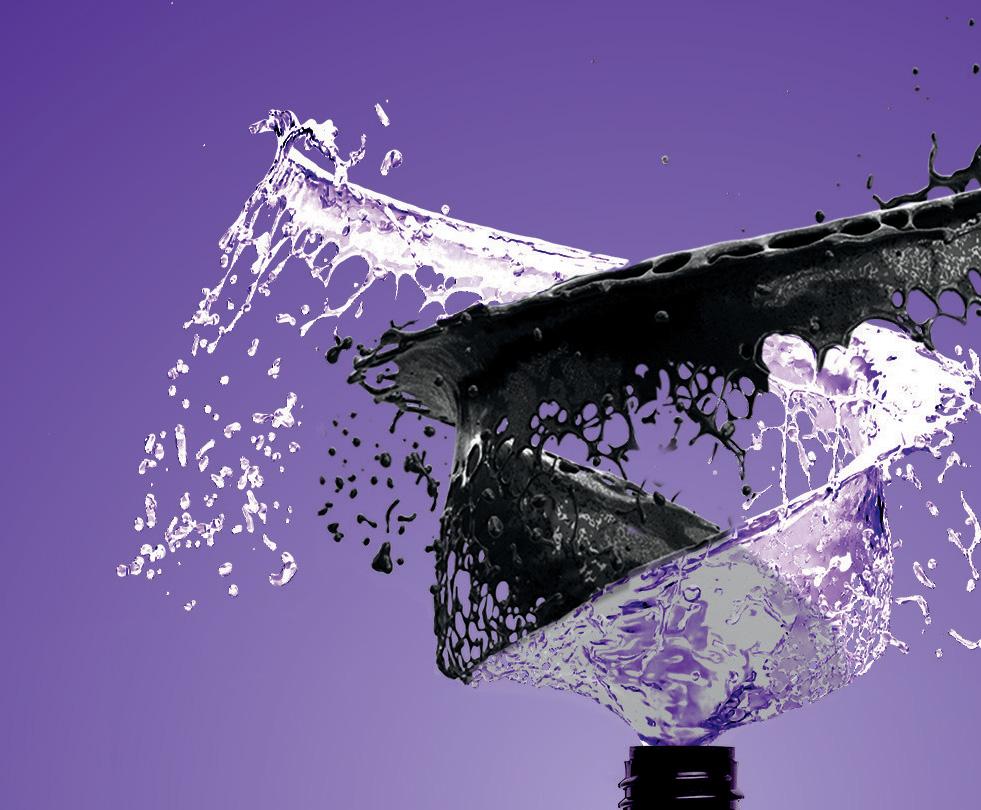
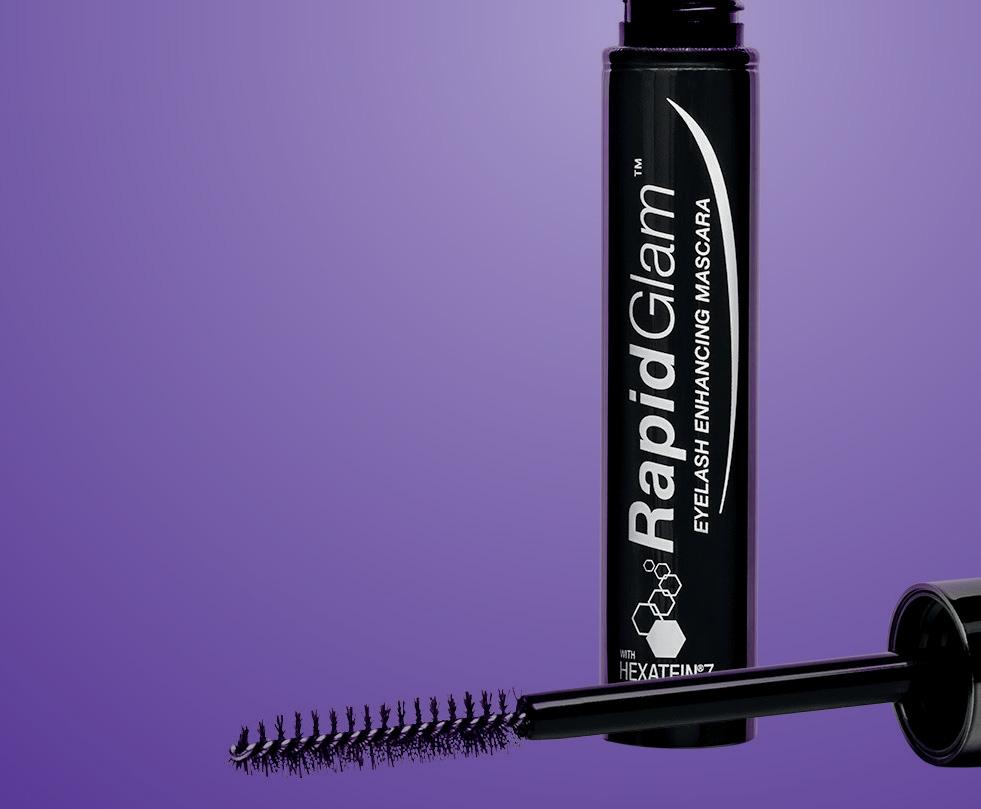
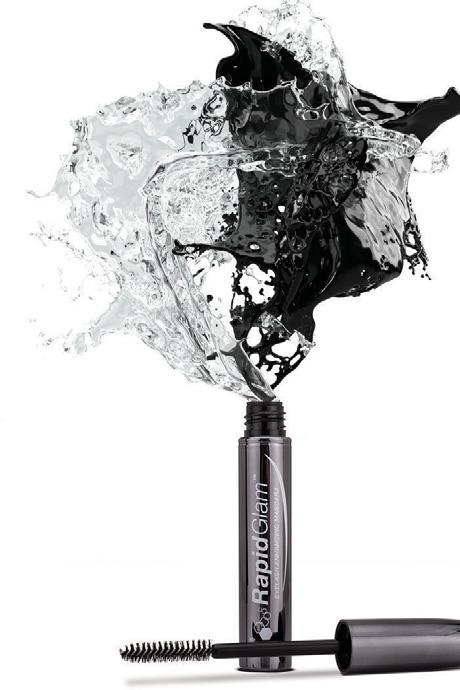
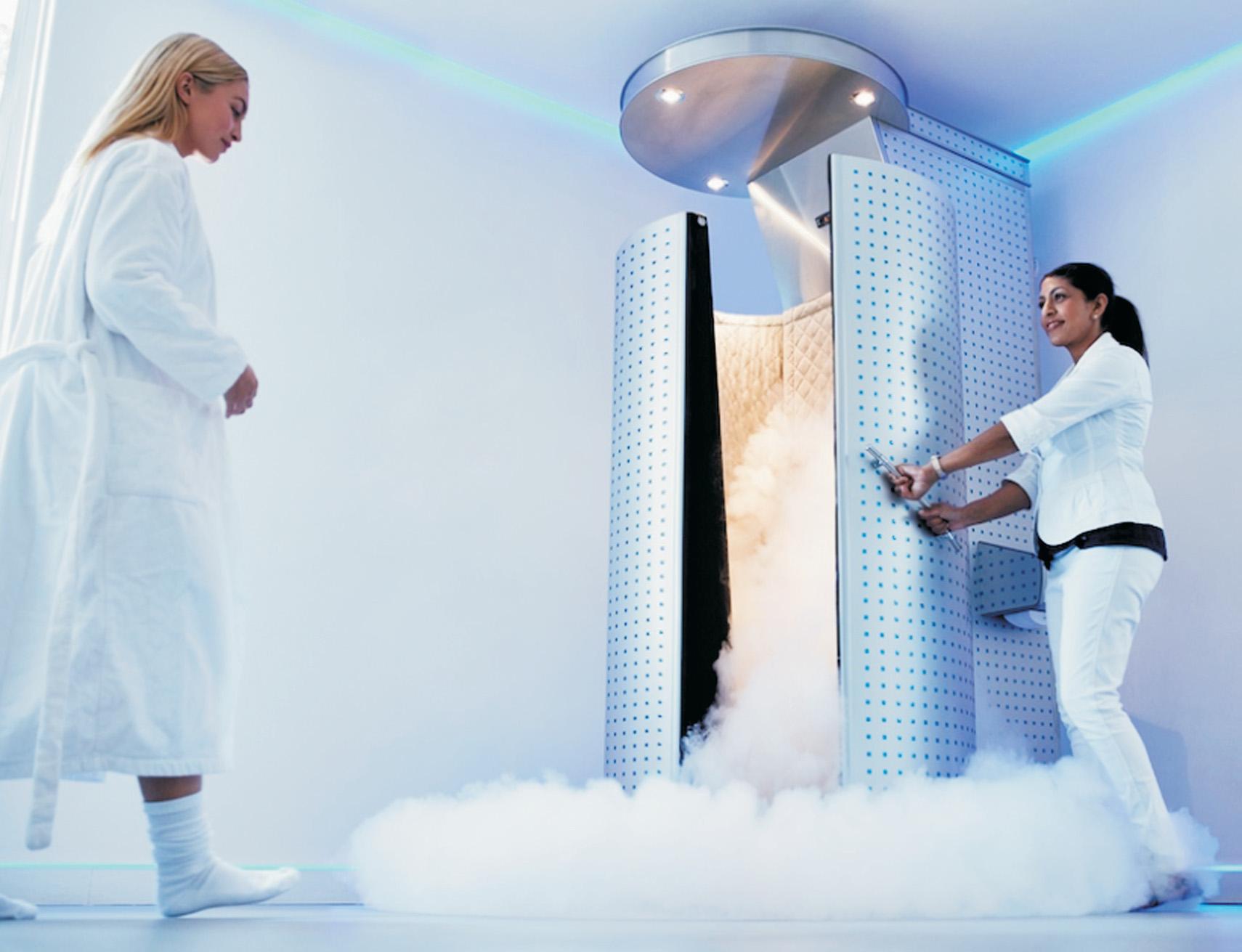
The Cold Hard Facts About Cryotherapy By Kristin Vukovic
People are paying top dollar to expose their bodies to temperatures not found on Earth for one to three bone-chilling minutes while stripped down to their swimwear or birthday suits and sporting gloves, socks, and sometimes other protective accoutrements. In Antarctica, the coldest temperature ever recorded was measured by a satellite at -135.8 degrees F, while liquidnitrogen - cooled cryochambers range between 150 to 300 degrees below zero. When exposed to such frigid temperdtures, we’re thrust into survivdl mode: the brain sends the majority of the body’s blood to its core in an attempt to keep it warm, and receptors prompt the nervous system to release endorphins—those feel-good chemicals that help diminish pain while triggering positive feelings. After exiting the chamber, the ensuing rush of blood ostensibly rids the body of toxins and rejuvenates it at the cellular level. and Drug Administration (FDA), claims to reduce inflammation, cellulite, anxiety, headaches, and even depression. Early adopters include professional athletes, who traded ice baths for cryotherapy to help ease their aches and pains. Now, celebrities are hopping on the bandwagon: A single cryotherapy session is reputed to burn up to 800 calories and help with anti-aging and weight loss. Cryotherapy is also popping up in spas across the country, from cryotherapy facials to whole-body cryotherapy treatments.
Despite its recent popularity, cryotherapy is far from new. According to “History of Cryotherapy” in Dermatology Online Journal (2005) by Anatoli Freiman, M.D., and Nathaniel Bouganim, M.D., of the McGill University Health Centre Division of Dermatology (Montreal), the Egyptians used cold to treat injuries and inflammation as early as 2500 BCE. Following World War II, liquid nitrogen became commercially available, and over the years, cryotherapy has become a well-established treatment for a wide variety of benign and malignant skin lesions. Today’s whole-body cryotherapy, developed in 1978 in Japan to treat rheumatoid arthritis, involves entering a chamber of liquid nitrogen, which tricks the body into hypothermia. Scientists in Germany and Poland further developed cryo (cold) procedures, and in 1989, the third cryochamber in the world was created in Poland. The treatment quickly became commercialized and popularized among athletes in Europe.
Cold Hard Facts
There is a dearth of cryotherapy studies in the U.S., because the majority of research has been done in Europe and Japan, with studies focusing on the benefits for patients with rheumatoid arthritis, a chronic inflammatory and destructive joint disease. The first randomized controlled trial of whole-body cryotherapy was conducted in Finland in 2006: 60










